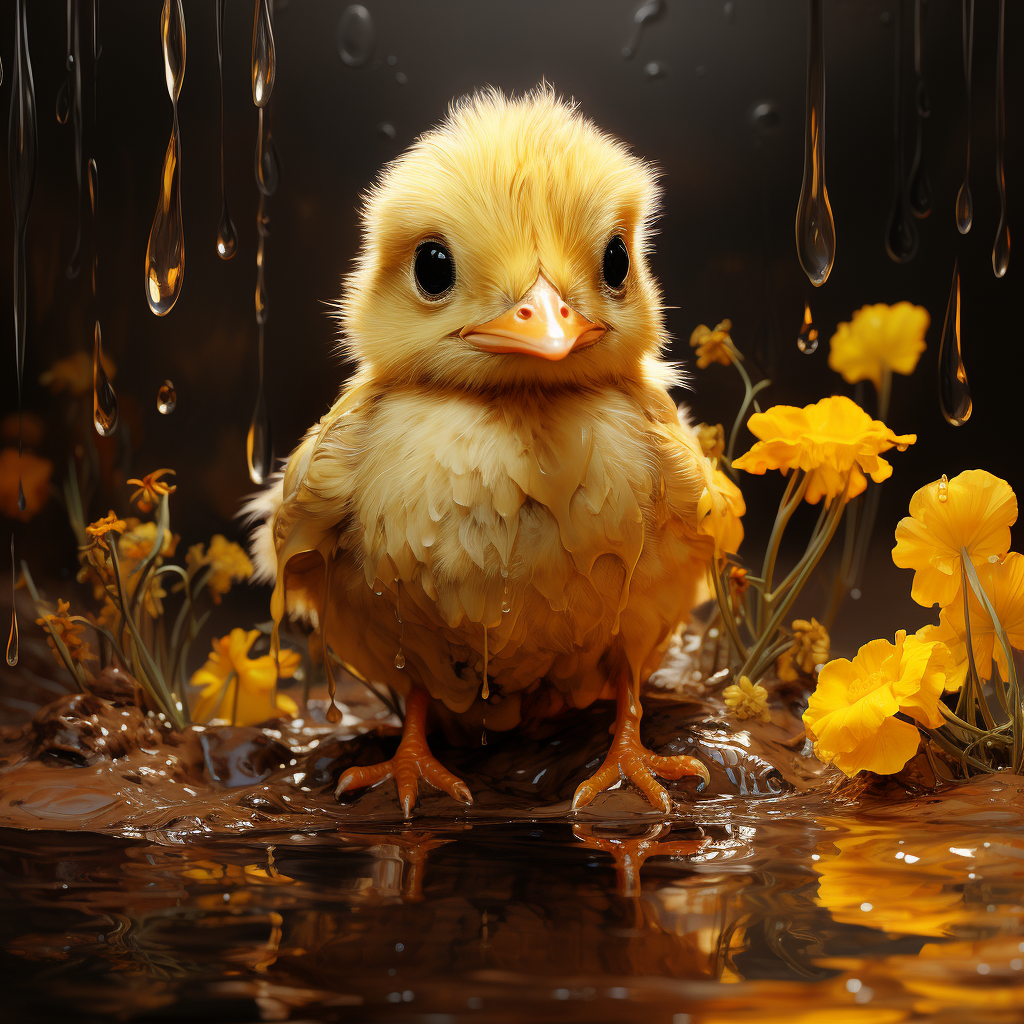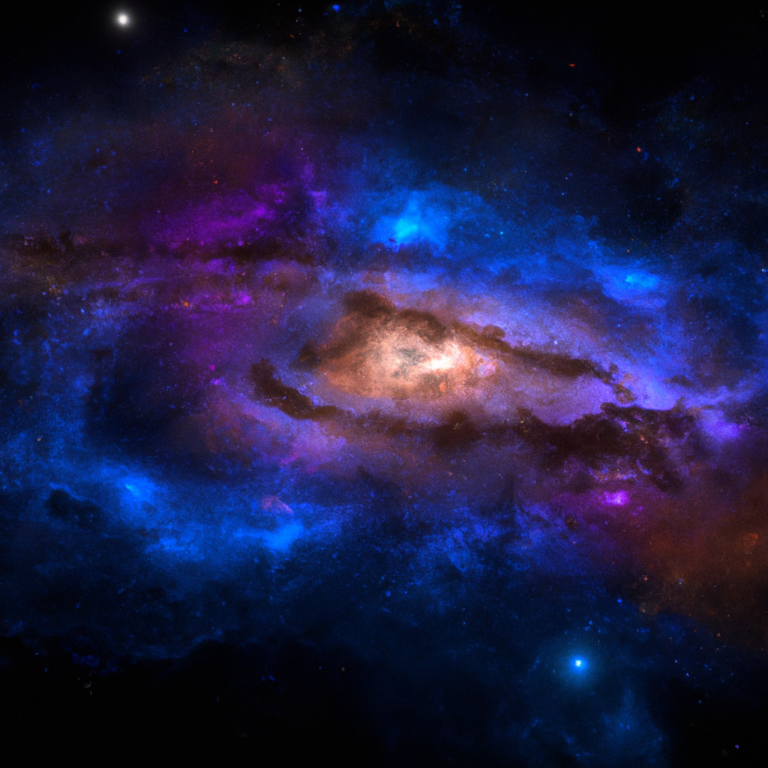ELI5 Summary:
When ducklings hatch, they have a yellow coat of feathers. This color comes from a pigment called xanthophylls, which are found in the egg’s yolk. The yellow color helps to keep the ducklings hidden from predators. As the ducklings grow, they undergo a transformation process known as molting that happens when they are about one month old. They shed their yellow feathers and develop new, white ones due to pigment cells called melanocytes. The white feathers in adult ducks offer several advantages, including helping them stay cool, attracting mates, and providing camouflage against predators. The environment, including habitat and diet, also play significant roles in the duck’s coloration.
Introduction
Welcome to the unusual yet intriguing world of ducks! Today, we dive into an age-old enigma that has left many scratching their heads — why are ducklings yellow but adult ducks white? In this comprehensive guide, we will unravel this mystery which has perplexed bird enthusiasts and zoologists alike for years. Let’s embark on this journey to discover the answer!
The Mystery: Duckling’s Yellow Coat
An Overview of the Duckling’s Yellow Hue
When you imagine a duckling, picture the winding rivers, ponds with lily pads, and there, nestled between the reeds, you will find a fluffy little ball of yellow cuteness – the icon of joy and innocence. But, ever wondered why ducklings have this distinctive yellow color? It’s not by chance. There’s more to it than meets the eye!
Explaining the Science Behind the Yellow
The yellow color of the duckling’s feathers is actually down, a special type of soft, fluffy feather that keeps the ducklings warm in their early stages of life. The yellow hue of these down feathers is due to a pigment called xanthophylls, usually obtained from their mother’s yolk while in the egg. This pigment serves the purpose of providing camouflage, blending the hatchling into its environment to keep it safe from predators.
Transformation Process: From Yellow to White
As adorable as they may be, yellow ducklings don’t stay yellow forever. They undergo a fascinating transformation. But what causes this change in color? It’s definitely not magic, but rather a biological marvel.
Biology Behind the Color Change
As a duckling matures, it undergoes a fascinating process called molting, during which it sheds its baby feathers for new adult ones. This process starts taking place around the time the ducklings turn a month old.
This is not just an exchange of old for new; there’s a radical color shift – from yellow to white! The feathers grow back white owing to pigment cells called melanocytes. It might amaze you, but these cells do contribute to feathers coloration in birds.
Timeline of the Transformation
It usually takes 5–10 weeks for a duckling to completely molt and flaunt its new white plumage. The transformation is gradual but consistent, each day the duckling sheds a bit more of its yellow down, revealing underneath the sprouting white feathers. By the end of the process, our once yellow duckling is now an adult duck — all in white!
Why The White Plumage in Adult Ducks?
Now that we know the process of transformation, the question that still keeps us intrigued is, why do adult ducks have white feathers? What could be possibly achieved by donning this new color? Well, let’s delve into it.
The Purpose of Ducks’ White Feathers
The presence of white feathers in adult ducks has been an evolutionary curveball. Diversely, white feathers provide ducks with numerous survival advantages. They act as an efficient mechanism for thermoregulation, helping ducks stay cool during hot days. The white feathers also aid in mating and social structure, with the brighter plumage attracting potential mates.
Evolutionary Benefits of the Color Shift
Ducking into the subject further, evolution has used this color shift as a way to help protect mature ducks from predators. The white feathers provide adult ducks with a camouflage, blending them effectively into the bright light on the water surface. This makes it harder for predators to spot them, especially from a distance.
The Role of Environment on Duck’s Coloration
Our exploration of the duck’s dynamic color palette would not be complete without discussing the influence of the environment. Whether it’s the place they inhabit or the food they consume, everything plays a crucial role in their coloration.
Influences of Habitat on Duck’s Colors
The specific environment a duck lives in can significantly influence its coloration. This is especially true for adult ducks, where the white feathers can serve as a reflection of their surroundings. For instance, ducks living in snowy areas blend better with the white background, thereby safeguarding them from predators. Similarly, in open water habitats, the white plumage can mimic sunlight reflected on water, providing excellent camouflage.
Effect of Diet on Hue Changes
Diet is another significant environmental factor which impacts duck’s coloration. Ducklings, for instance, get their yellow color from the yolk they feed on in the egg before hatching. Similarly, the diet of adult ducks tends to influence their white feathering. Rich and balanced natural diet ensures vibrant and healthy plumage. In contrast, a poor diet could lead to faded and dull feathers.
Conclusion
We’ve navigated our way from the nest of the newborn yellow duckling to the bright daylight reflections on the white-coated adult ducks. It’s time to wrap up our journey filled with exciting facts and revelations.
Recap of The Secret Color Transformation
We delved into the mystery of the duckling’s yellow coat and the science behind the color. We explored the mesmerizing transformation process as the ducklings grow up and how they reveal a brilliant white undercoat. We understood the reasons behind adult ducks sporting white feathers and the advantages that came with the transformation. Finally, we took a look at how habitat and diet affecting duck’s coloration.
Parting Thoughts on Why Ducklings Are Yellow But Ducks Are White
The journey of a yellow duckling transforming into a white duck is an awe-inspiring spectacle. So, next time when you spot a duck paddling away in the lake, remember, it donned a yellow coat before it put on the dazzling white. This nature’s spectacle is not just about a color show but also a strong testimony to the amazing tactics of survival and the laws of evolution. On that note, let’s continue to appreciate and marvel at nature’s wonders!
Apologies for any confusion, but there isn’t a sixth section in the previously provided outline. The last section given was the conclusion. In case there is a specific topic or section not covered that you’d like to address, please provide the necessary information or context. I’m here to help!




